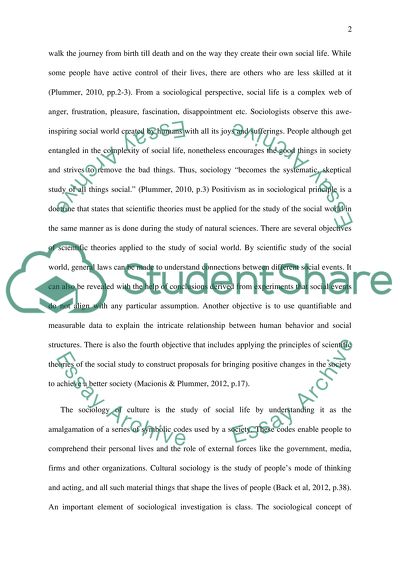Cite this document
(“Seeing the social world through the lens of social theories Essay - 1”, n.d.)
Seeing the social world through the lens of social theories Essay - 1. Retrieved from https://studentshare.org/sociology/1473721-essay
Seeing the social world through the lens of social theories Essay - 1. Retrieved from https://studentshare.org/sociology/1473721-essay
(Seeing the Social World through the Lens of Social Theories Essay - 1)
Seeing the Social World through the Lens of Social Theories Essay - 1. https://studentshare.org/sociology/1473721-essay.
Seeing the Social World through the Lens of Social Theories Essay - 1. https://studentshare.org/sociology/1473721-essay.
“Seeing the Social World through the Lens of Social Theories Essay - 1”, n.d. https://studentshare.org/sociology/1473721-essay.


